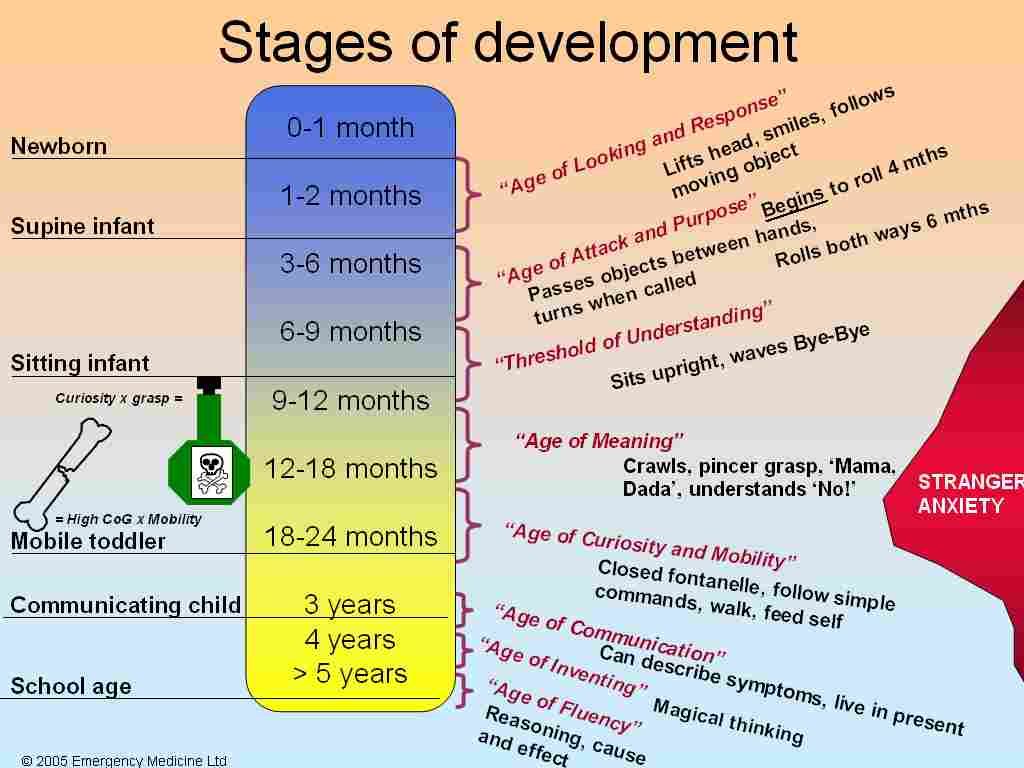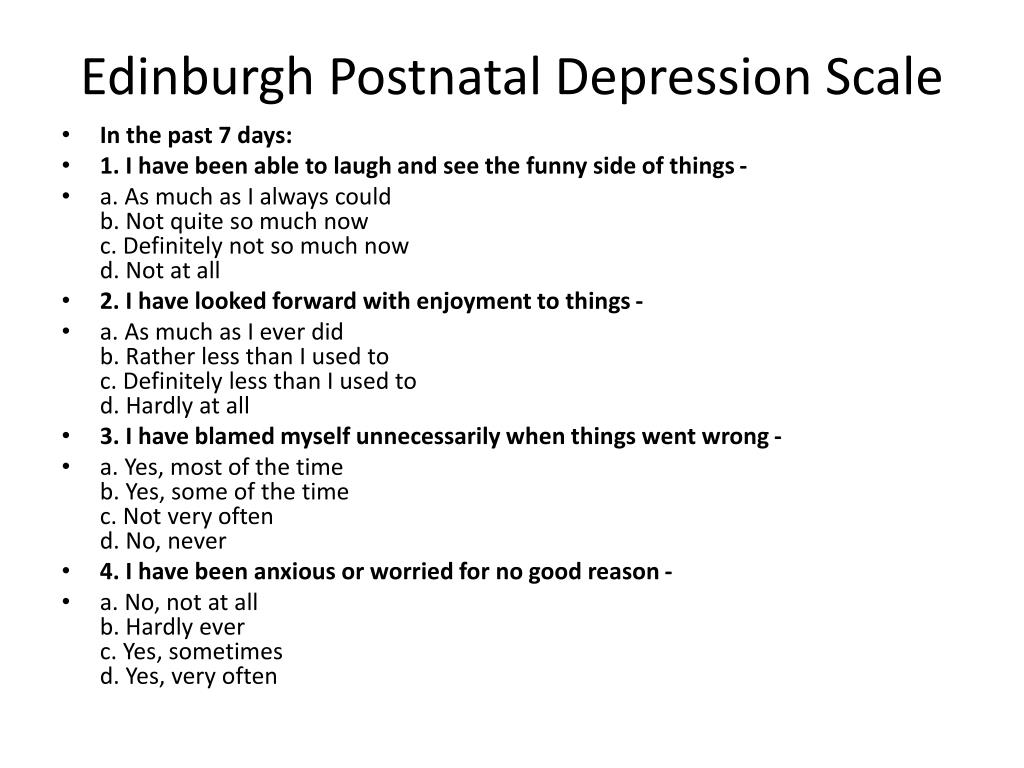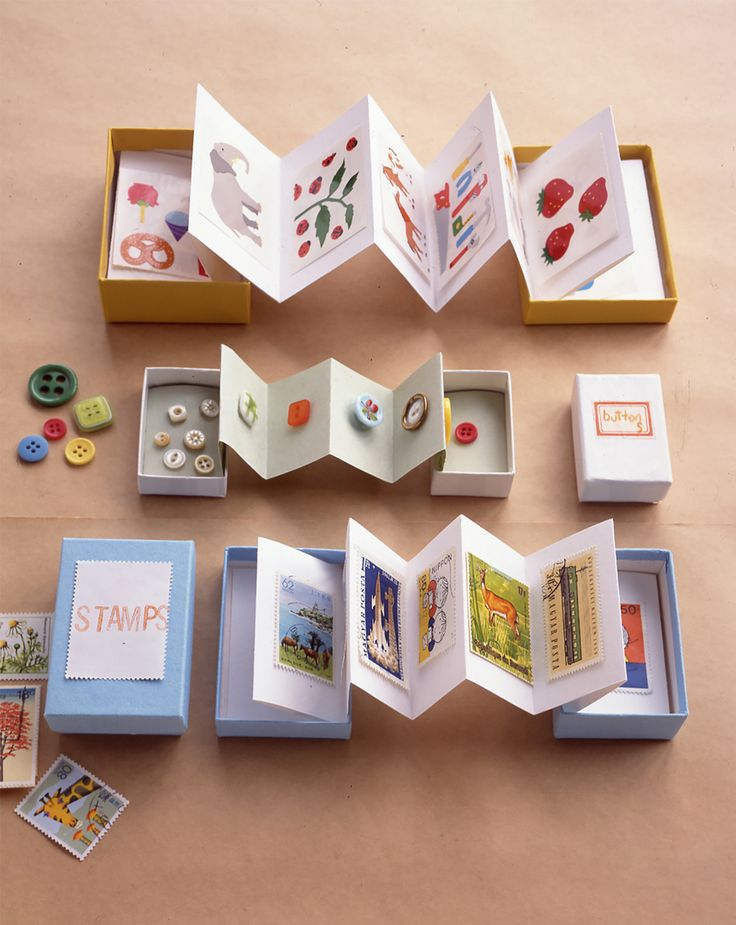How to foster emotional development in a child
Promoting Social-Emotional Development in Your Child
Our Blog: February 27th, 2015
From the moment your child is born they are developing a sense of self and the world around them. They begin to learn to trust you. As you build a bond with them they feel secure in their world. This sets the stage for their entire developmental future. You help them develop socially and emotionally. Social development is our interaction with others. It is the ability to form secure relationships. Emotional development is regulating and expressing emotions. It involves the way one feels about themselves, others and the world.
Recent research shows a direct connection between healthy social-emotional development and academic success. The National Academy of Sciences identified three qualities children need to be ready for school: intellectual skills, motivation to learn, and strong social/emotional capacity. The report states:
Strong social-emotional development underlies all later social, emotional, and academic success. Young children who develop strong early relationships with parents, family, caregivers, and teachers learn how to pay attention, cooperate, and get along with others. They are confident in their ability to explore and learn from the world around them.
A person’s life experiences, genetic make up, and temperament can affect their social-emotional development. As your child’s first role model, you can send a positive message to them. Start by being supportive.
- Love your child and show your affection for them. Hug, cuddle, read, and talk with them throughout the day.
- Encourage your child to try new things. Help them see what they are capable of. Let your child know you are pleased with their accomplishments.
- Give your child opportunities to play with other children their age. Help them explore their world and get to know the people in it. Model kind and generous behaviors when interacting with other adults and children.
- Show your feelings. Let your child see when you are happy or sad.
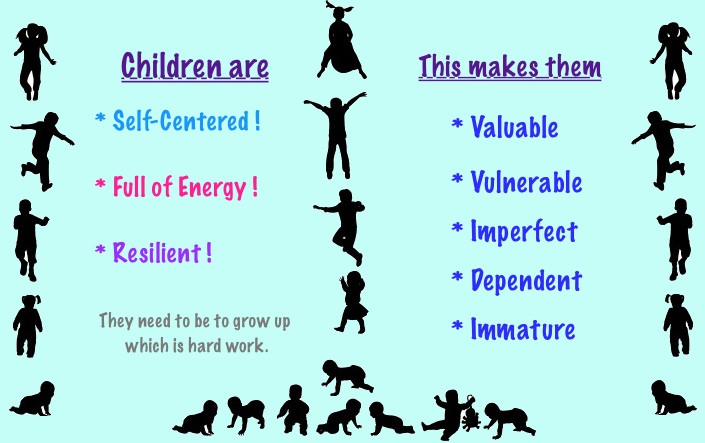 This helps them to develop empathy for others.
This helps them to develop empathy for others. - Establish daily routines. Your child will feel confident and secure. They will learn that events can happen in an organized way. Create routines that are predictable but flexible.
- Acknowledge your child’s feelings. Help them talk about what they feel and how they are feeling. Comfort your child when they are upset. Hold them and speak softly and calmly.
Provide positive social-emotional opportunities for your child. They will feel good about themselves and develop confidence. Your child will form secure relationships with others and ultimately will be able to focus and learn. This strong and healthy foundation will lead to future academic success.
Let's Connect!
Categories
- Recipes
- Child Development
- Early Education & Literacy
- Get to Know Our Staff
- Ideas
- Nutrition
- Holiday Activities
- Learning Activities
- Free Printables
- Safety and Security
- Kindergarten Readiness
- Work/Life Balance
- Press Releases
- Our Friends
- Child Time
- For Teachers
- General
- Arts & Crafts for Kids
Archive
- April, 2023
- March, 2023
- February, 2023
- January, 2023
- December, 2022
- November, 2022
- October, 2022
- September, 2022
- August, 2022
- July, 2022
- June, 2022
- May, 2022
- April, 2022
- March, 2022
- February, 2022
- January, 2022
- December, 2021
- November, 2021
- October, 2021
- September, 2021
- August, 2021
- July, 2021
- June, 2021
- May, 2021
- April, 2021
Understanding the Stages of Emotional Development in Children
Emotions are what help us derive meaning from the world around us.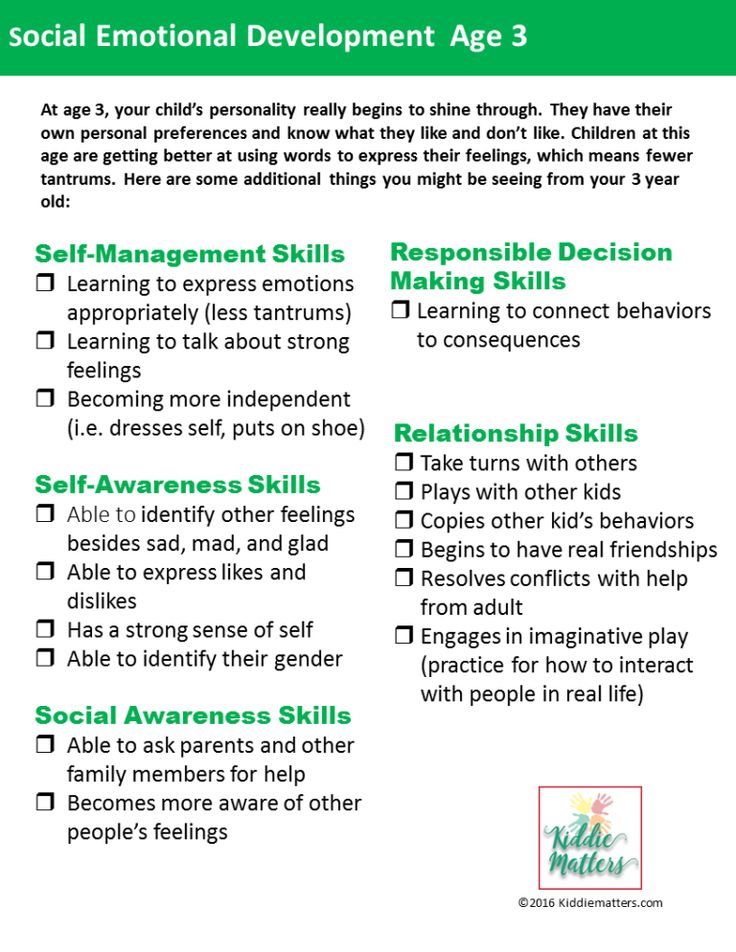 Without them, we would experience life with the vibrancy of reading a technical manual on transmission repair. While our emotions—whether good or bad—provide a lot of the excitement in life, there’s still a lot about them that we don’t know.
Without them, we would experience life with the vibrancy of reading a technical manual on transmission repair. While our emotions—whether good or bad—provide a lot of the excitement in life, there’s still a lot about them that we don’t know.
Researchers have been studying emotions for decades and there are still plenty of questions left unanswered. That said, we know that emotional development is key to living a healthy life. So what can be done to help facilitate this emotional growth in young children? We asked parents, psychologists and educators to tell us everything they know about this process, including caregiver tips for each stage.
Every child is unique and develops a little differently, but overall, there are three major steps to building a well-equipped, emotional toolbox—and they don’t just happen. They involve practice and support from those who understand how important emotional intelligence really is.
Why is teaching emotional development important?
Can you remember the first time you shared your favorite childhood toy? Maybe you noticed someone who needed cheering up.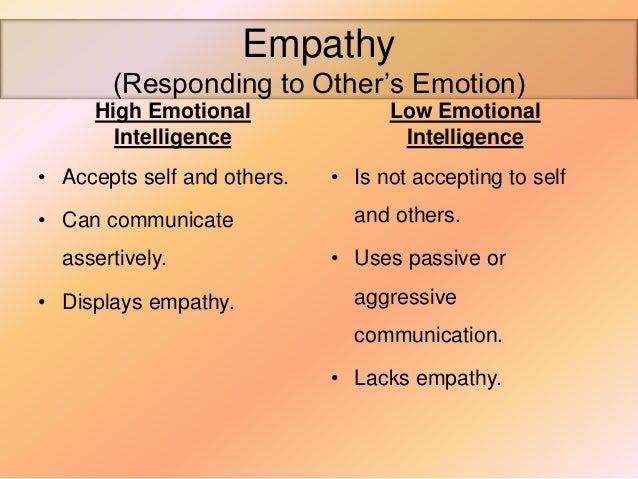 What would have caused a meltdown before, you now do willingly. You might not have known it at the time, but that was a big step in your own emotional growth—and that growth was significantly guided by the adults in your life.
What would have caused a meltdown before, you now do willingly. You might not have known it at the time, but that was a big step in your own emotional growth—and that growth was significantly guided by the adults in your life.
According to the National Center for Safe and Supportive Learning Environments, strong emotional development leads to five key skills: self-awareness, social-awareness, emotional regulation, responsible decision making and relationship building. These skills in turn influence success at school, at home, in communities and in society.
On the other hand, those who are not given emotional guidance often struggle emotionally, academically, physically, and behaviorally. If you cannot notice, express and manage your emotions, it is incredibly difficult to focus on school, make friends or work on a team.
Emotional development affects all development, and, given the small window of incredible growth in children before the age of five, it is crucial to cultivate from the very beginning.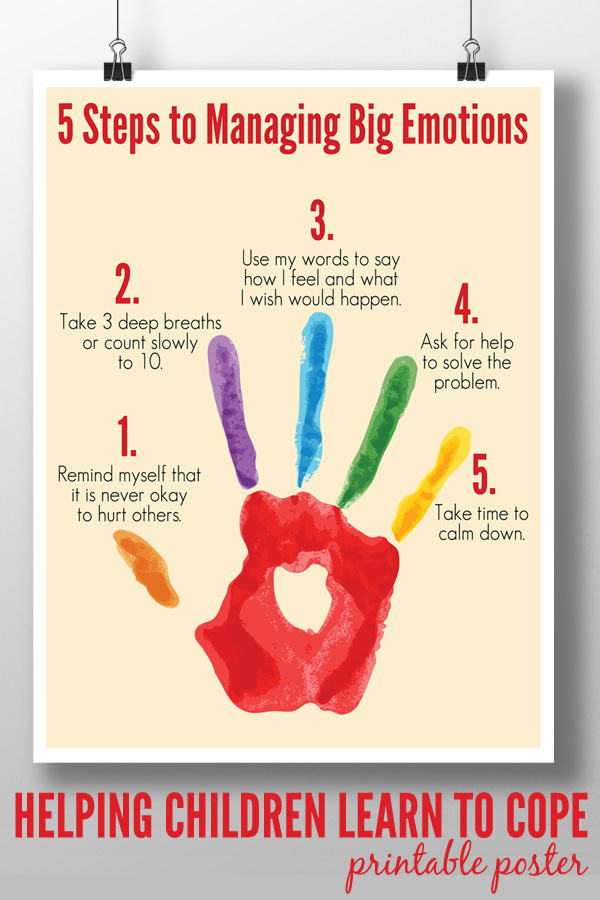
3 Major emotional stages in childhood development
Take a closer look at three critical stages of emotional development so you can be equipped to help support the children you care for.
1. Noticing emotions: Birth to one
There are a lot of different theories about how emotions develop and function. Some think we are born with only three emotions: happiness, anger and fear. Others believe that babies are capable of feeling a much wider range from birth. It’s impossible to know for sure when they can’t tell us, but through crying and cooing, babies certainly communicate something. At this stage, an infant is discovering the world—good things like cuddles, bad things like full diapers. They are noticing how everything makes them feel.
How to foster growth in this stage
Create a safe, consistent environment. This is the launch pad from which children can feel confident enough to explore and express themselves. When they know that you will be there for them, they are more likely to take the risks necessary for development.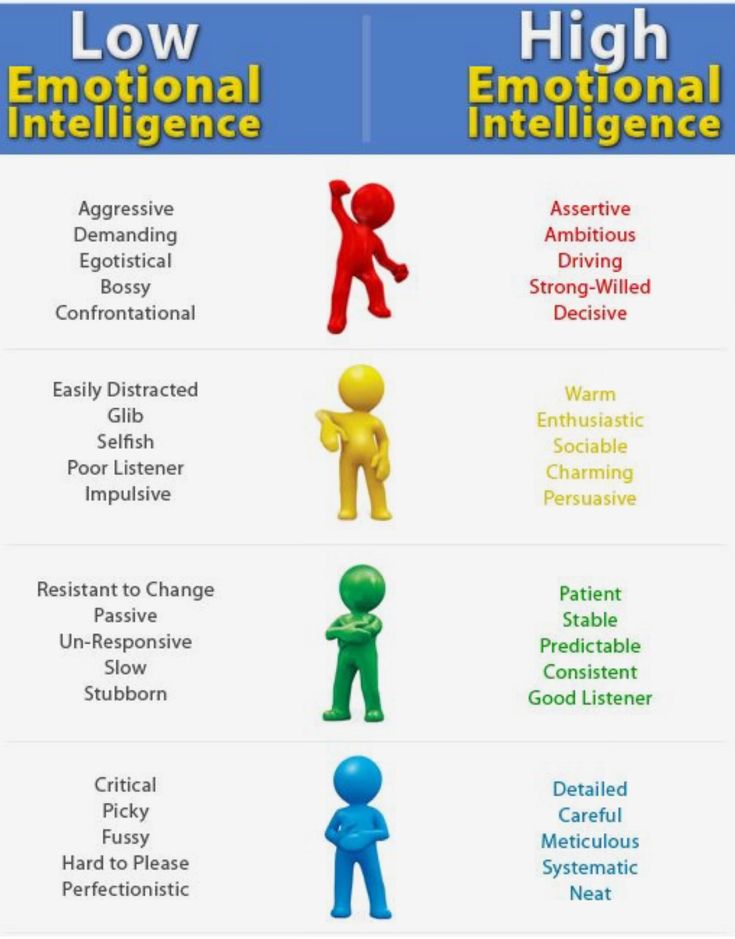
Adina Mahalli, family care specialist from Maple Holistics, believes that to create this environment, fostering healthy relationships is first and foremost.
“Children are born with the need and desire to connect with those around them,” Mahalli says. “When caregivers establish positive relationships with children during the early years, children feel safe and secure, laying the foundation for healthy social and emotional development.”
Encourage self-soothing. Though some are quick to discourage behaviors like thumb sucking, this helps children soothe themselves and is the first step to regulating emotion. It can be difficult not to step in and fix the issue, but if you want a child to be able to manage their emotions later on, it is important to let them figure some things out on their own.
Show your emotion. No matter what stage, children mirror their caregivers. By matching a child’s facial expressions and vocalizing your feelings, you can help a child notice both their emotions and yours.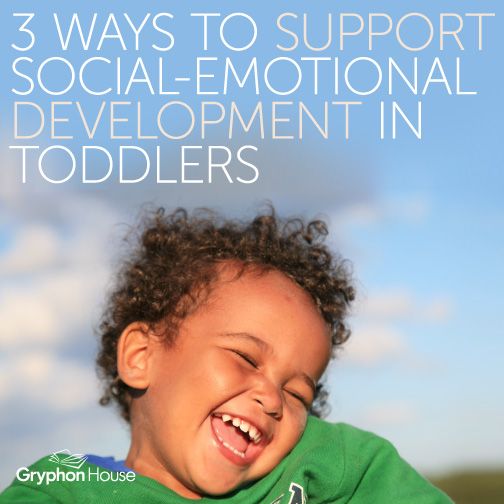 This will also help you practice being an emotional role model.
This will also help you practice being an emotional role model.
Kate Tunstall, creator of the lifestyle and parenting site The Less-Refined Mind, argues that these small actions can have a significant impact. “The single biggest influence on the behavior of children of any age is how we as parents respond to big emotions. Our kids will emulate us, so the most critical way to help them regulate their emotions and responses is to model desirable behaviors ourselves.”
2. Expressing emotions: Two to three
As children develop a vocabulary and more independence, they will experiment with expressing emotion in new ways. Some of it will be productive like drawing and narrating a picture of the scary monster under the bed. Some of it will be more like throwing a tantrum in the grocery store because they can’t get cheese puffs. This can be a very difficult stage for adults as children experience complex emotions but have not yet figured out healthy versus unhealthy expression.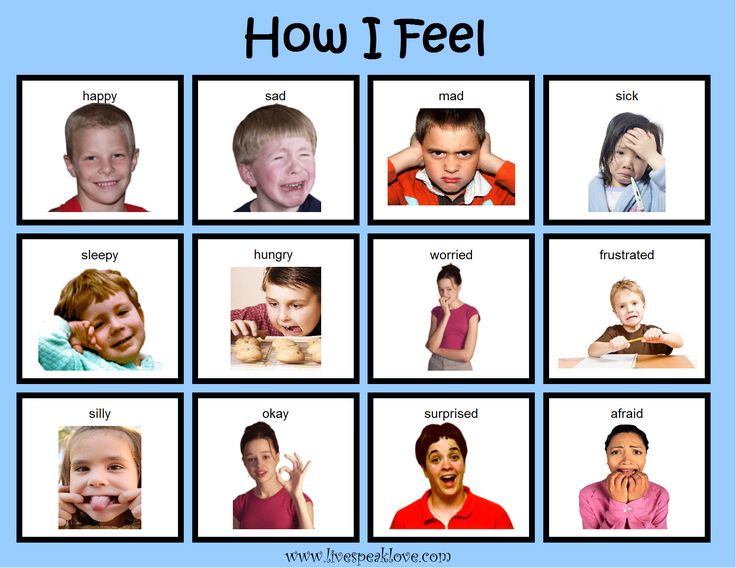
How to foster growth in this stage
Stay calm when they aren’t. Tantrums will happen. They are a normal part of development. As a toddler’s feelings outrun their ability to express them, they will do so in the only way they know how. Your job is to help them find a better way, and you can’t do that when you’re giving into tantrums or having one yourself.
Dr. Fran Walfish, family and relationship psychotherapist, suggests directing your child’s anger or frustration with “clarity, kindness, empathy and firmness.” The first thing to remember is that—as trivial as they may seem—a child is always entitled to their emotions. Instead of pointing out how absurd it is to be angry when you’ve warned them that screen time is coming to an end, validate why they’re mad.
“Be empathetic toward your child at how hard this moment is for him or her,” Dr. Walfish suggests. This approach coupled with praise for completing the (relatively) hard-to-do tasks that have upset them is a model for helping children understand that frustrations happen, but what matters most is how you handle them.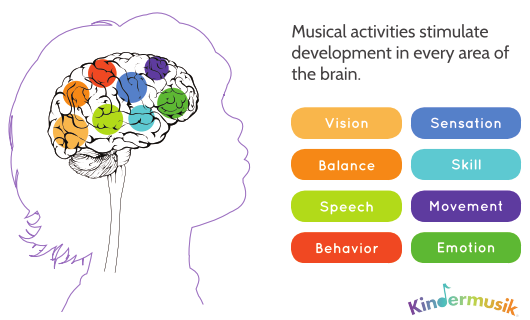
Give them language to name and explain. The best alternative to having a tantrum is being able to express emotion through words. If a child can say, “I’m angry,” or even better “I’m angry because he took my toy,” they can focus on putting words to their feelings rather than melting down. This can, in turn, help them feel more in control of their emotions.
One of the best ways to help children learn about emotion is through story. This not only provides emotional vocabulary but puts it into a creative context. Melissa Hart, parent and author, offers some helpful suggestions. “Many educators and parents use books to foster emotional development in children. There are wonderful picture books like When Sadness Is at Your Door, Odd Dog Out, and Be Who You Are that spark conversations about emotions and give young people the words to express their feelings.”
Provide positive reinforcement. There is certainly a time for the words “No,” “Don’t,” and “Stop,” but if those are the only words you use, they can quickly lose power.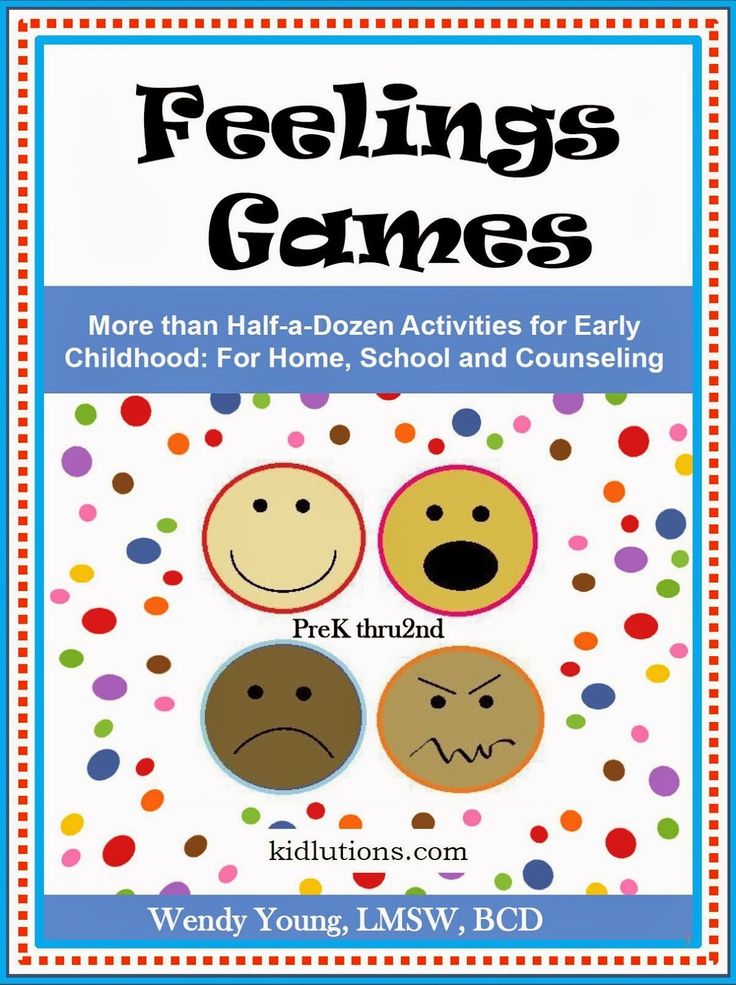 Celebrate the little ways that children make progress. By pointing out when they use their words or actions to positively express themselves instead of screams and kicks, you can build their self-confidence and encourage them to grow.
Celebrate the little ways that children make progress. By pointing out when they use their words or actions to positively express themselves instead of screams and kicks, you can build their self-confidence and encourage them to grow.
3. Managing emotions: Three to five
At this stage, children are ready to enter preschool. A new social environment and more independence provides a great opportunity for growth but also poses some new challenges. Sharing, listening and playing together can cause friction between children, and since they cannot rely on their parents all the time anymore, they must develop new coping skills to manage on their own. Preschool caregivers play a vital role in this development as they create a safe space and offer guidance.
How to foster growth in this stage
Give them strategies. Just as infants suck their fingers or clutch their blankets, preschoolers use tangible ways to deal with their intangible emotions. Going to a quiet place, deep breathing, and coloring are all good strategies.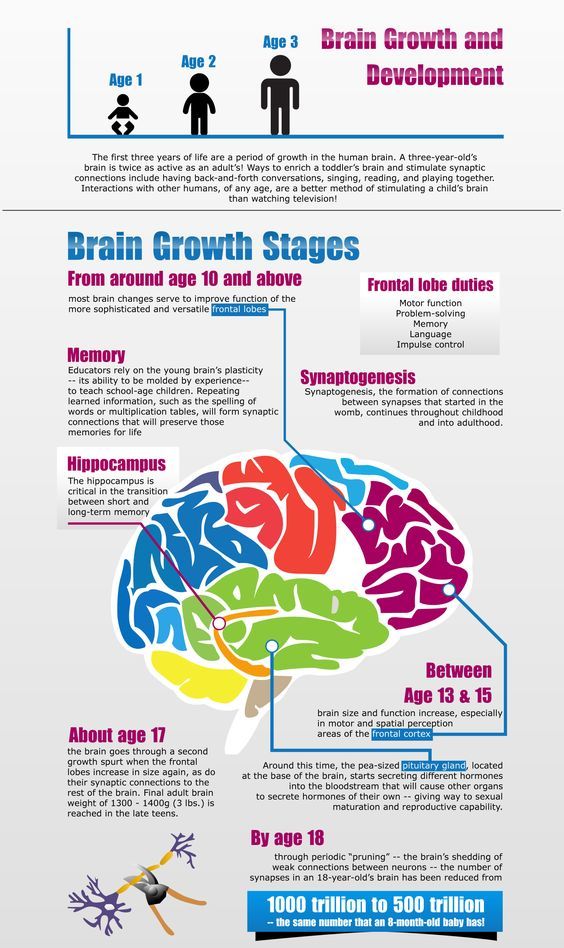 The goal is to help children learn what works for them. Do they need to be alone, have a conversation or be distracted before they can process their feelings? Doing this before a child gets upset can go a long way toward influencing their behavior when they are.
The goal is to help children learn what works for them. Do they need to be alone, have a conversation or be distracted before they can process their feelings? Doing this before a child gets upset can go a long way toward influencing their behavior when they are.
Laura Morlok, licensed clinical professional counselor from Playful Therapy Connections, suggests also demonstrating these strategies yourself. “You can support your child in managing their emotions by modeling coping strategies and then practicing them together. ‘I'm feeling angry because I dropped the bowl and it broke. I think I need to take some deep breaths. Can you take some deep breaths with me?’” This can help a child better understand how and when to apply coping strategies.
Have realistic expectations. If you expect too much from a child, you’re going to be disappointed and frustrated. Too much of this and a child will start to associate shame and anxiety with their emotions—something that can hurt their future development.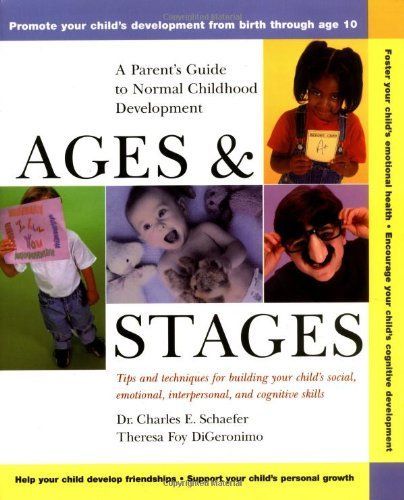 On the other hand, if you expect too little, a child may learn unhealthy behaviors instead of developing effective skills. This is why it is so important to be aware of the different emotional stages. If you know that two-year-olds will have tantrums, it's much easier to empathize with them and help them take the next steps in processing what’s upset them.
On the other hand, if you expect too little, a child may learn unhealthy behaviors instead of developing effective skills. This is why it is so important to be aware of the different emotional stages. If you know that two-year-olds will have tantrums, it's much easier to empathize with them and help them take the next steps in processing what’s upset them.
Evan Porter, creator of the parenting blog Dad Fixes Everything, admits that his own parenting benefits from understanding what is normal for his daughter. “Probably one of the biggest things I've learned is that she needs lots of room to experience and work through her feelings. It's hard for me, because I'm a fixer and I want to make her feel better when she's upset, but there's really no way to short circuit the process. She has to get the feelings and the tears out before we can have a constructive conversation about what happened and how to handle it better next time, and sometimes that takes a while.”
Validate.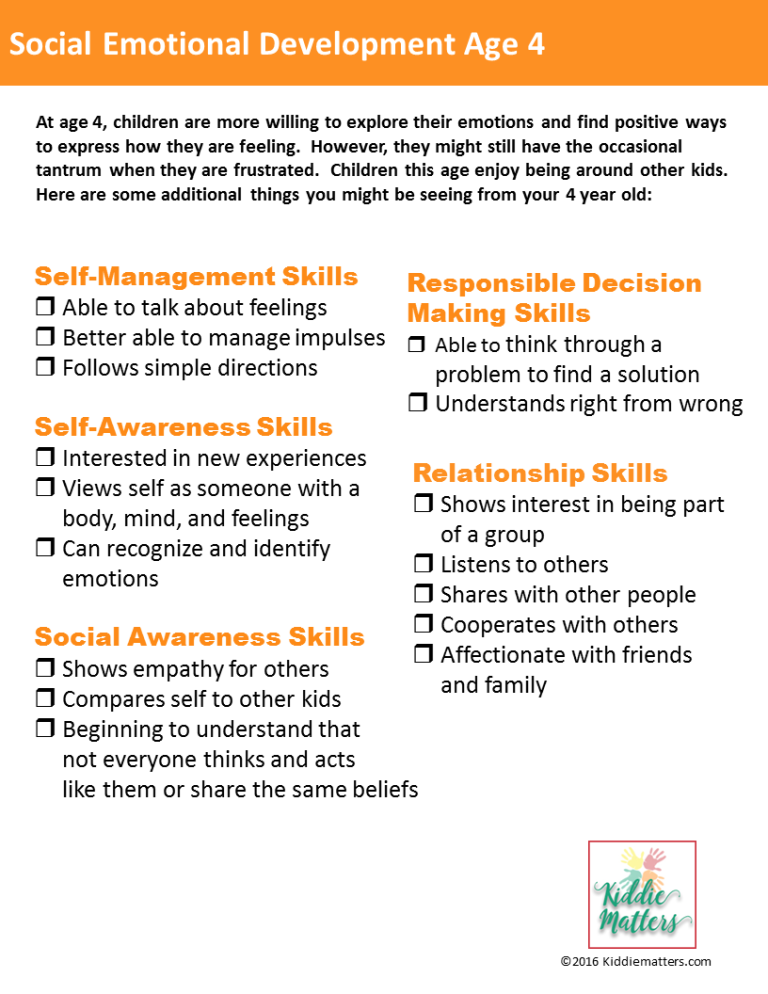 Validate. Validate. In order for a child to know that an emotion is manageable, they must first know that it is normal. If they feel like they’re the only one who experiences frustration, they are more likely to believe that they are helpless to it. Say things like, “This is very frustrating. I would be frustrated too.” You can show them that feeling frustrated isn’t bad while also normalizing their experience. This validation is key to building both self-confidence and a healthy response to emotion.
Validate. Validate. In order for a child to know that an emotion is manageable, they must first know that it is normal. If they feel like they’re the only one who experiences frustration, they are more likely to believe that they are helpless to it. Say things like, “This is very frustrating. I would be frustrated too.” You can show them that feeling frustrated isn’t bad while also normalizing their experience. This validation is key to building both self-confidence and a healthy response to emotion.
Help children find the tools they need to thrive
It doesn’t take many trips around the sun to know that even adults struggle with noticing, expressing and managing their emotions at times. The process of emotional development is not a straight line. Some days, you may need to encourage yourself, but having a good emotional toolbox will make all the difference. You could be the one to help children find the skills they need to fall back on when life gets tough, and, perhaps even better, you could show them just how meaningful life is when you pay attention to the way it makes your breath catch, your stomach turn, and your heart race.
You might think early childhood education is just about getting kids comfortable with the academic basics—shapes, colors, counting—but in reality, early childhood educators play an important role in helping children develop emotionally and more. Learn more about early childhood education in our article, “5 Reasons Why the Importance of ECE Is Impossible to Ignore."
Graduates of Early Childhood Education programs at Rasmussen University are not eligible for licensure as a teacher in an elementary or secondary school. A Bachelor’s degree and a state teaching license are typically required to work as a teacher in a public school and some private school settings. States, municipalities, districts or individual schools may have more stringent licensing requirements. Students must determine the licensure requirements in the state and school in which they intend to work.
Childcare facilities and the states in which they are located establish qualifications for staff who work with children, and often implement guidelines regarding age, education, experience and professional development.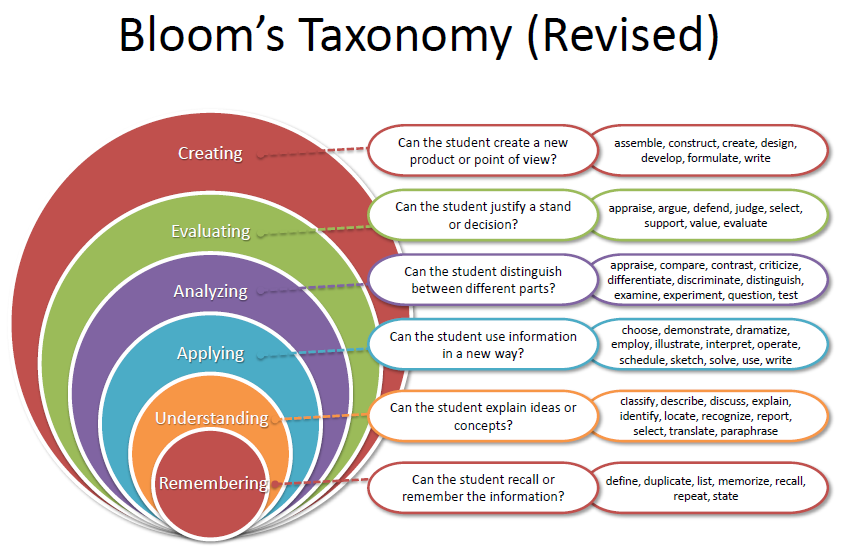 Students must determine the licensure requirements for the state and facilities in which they work.
Students must determine the licensure requirements for the state and facilities in which they work.
This program has not been approved by any state professional licensing body, and this program is not intended to lead to any state-issued professional license. For further information on professional licensing requirements, please contact the appropriate board or agency in your state of residence.
Emotional intelligence of a child. How to develop in children of preschool age
Currently, a lot of attention is paid to the intellectual development of children - there are many programs for early education, mastery of counting, reading, English from an early age. But, it has long been proven that artificial learning is not only harmful to the child, but also dangerous. In pursuit of their own ambitions, parents miss such an important aspect as the development of emotional intelligence. And if everything is quite simple with writing, reading and counting, then the formation of the emotional sphere is a more complex process, and therefore is an important component of the harmonious development of the child.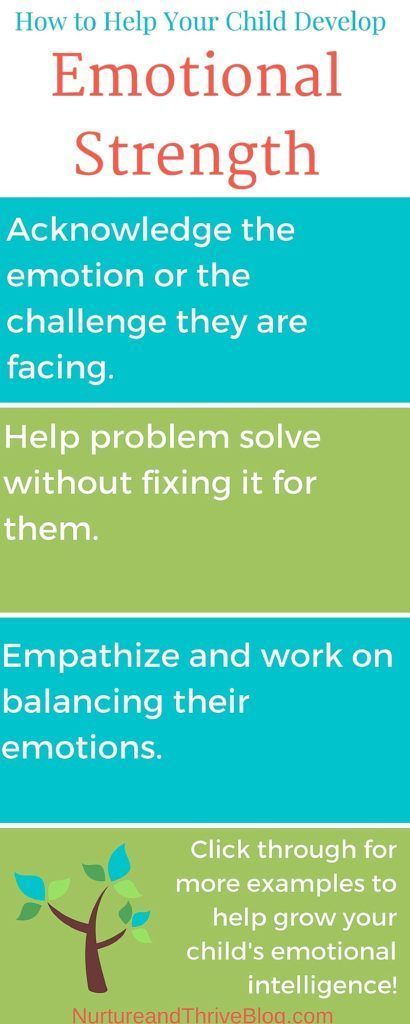
Emotional intelligence is a person's ability to recognize and correctly express their emotions, as well as understand the feelings of other people.
Why develop emotional intelligence in children
1. Management of their own behavior
Suppose a child’s favorite toy was taken away from the child. In response, he begins to scream, cry, maybe even get into a fight. Why? Because he experiences emotions - resentment, sadness, anger.
When a child does not understand his feelings, he simply reacts to the situation. However, when he understands what he feels, he begins to "decide". A child, like any adult, before starting to correct, needs to understand his attitude to what happened.
When a child knows himself - his reactions to various events, preferences, when he understands his mood and attitude to what is happening, it becomes much easier for him to regulate his behavior.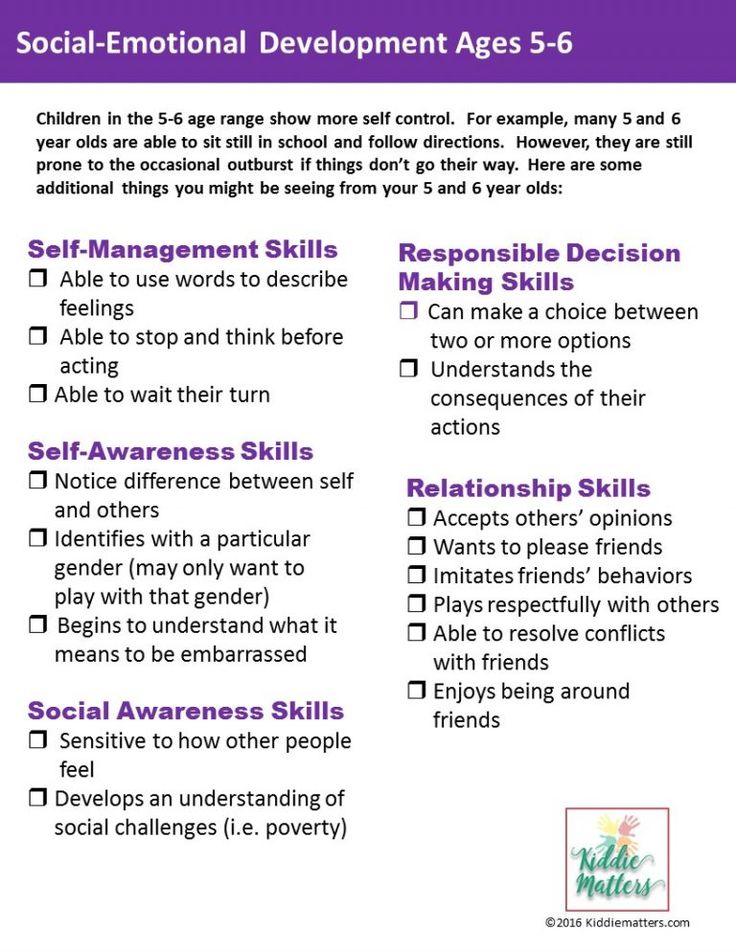
2. Understanding other people's feelings
The child learns to understand other people's feelings through the experience of "living" his feelings, observing his own reaction. Why is it important?
First of all, understanding others contributes to the development of communication competence - the ability to find a common language, establish and maintain contacts.
Empathy develops. Acceptance of other people's feelings, conscious empathy and sympathy contributes to the formation of a close internal connection with relatives and friends, and is an invariable part of a successful family life in the future.
Understanding the feelings of others is necessary for the formation of responsibility, because it allows you to predict the consequences of your actions - both for others and for yourself.
How to develop emotional intelligence in a child
Almost all children are born emotionally open and, as the baby grows up, the level of emotional intelligence develops and improves along with gross and fine motor skills, hearing, speech, memory and other processes.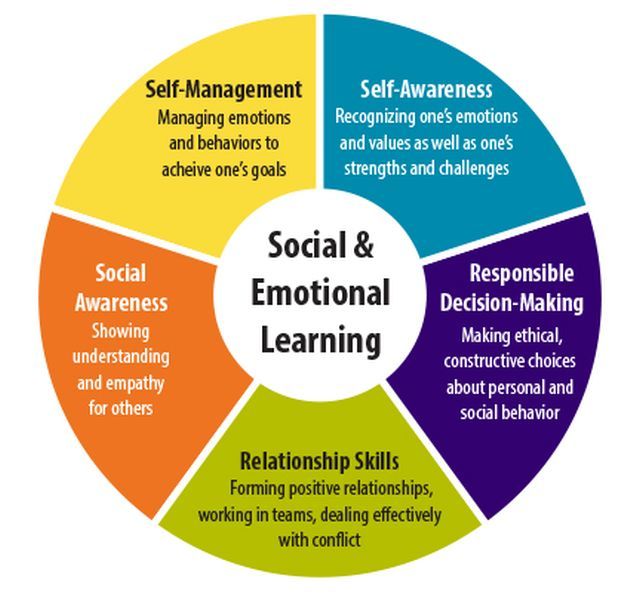
Parents are directly involved in the development of the child's emotional intelligence. The main goal of an adult is to teach a child to live in harmony with himself, to accept the whole range of feelings - love, joy, pride, envy, jealousy, anger, fear. And there is no need to divide emotions into bad and good, because they all have a place to be in the human soul.
First emotions
Remember your first games with your baby. The game "cuckoo" is nothing more than a child's reaction to the feelings and emotions of an adult - the more fun the intonation and the mother's face peeking out from behind her hands, the more children's laughter.
Feelings of hunger and colic introduce the baby to such emotions as fear, pain, love, trust, confusion, despair. And the task of the parent here is to answer them in such a way that the child feels needed, significant and heard. It is in this case that the development of emotional intelligence in a harmonious direction takes place.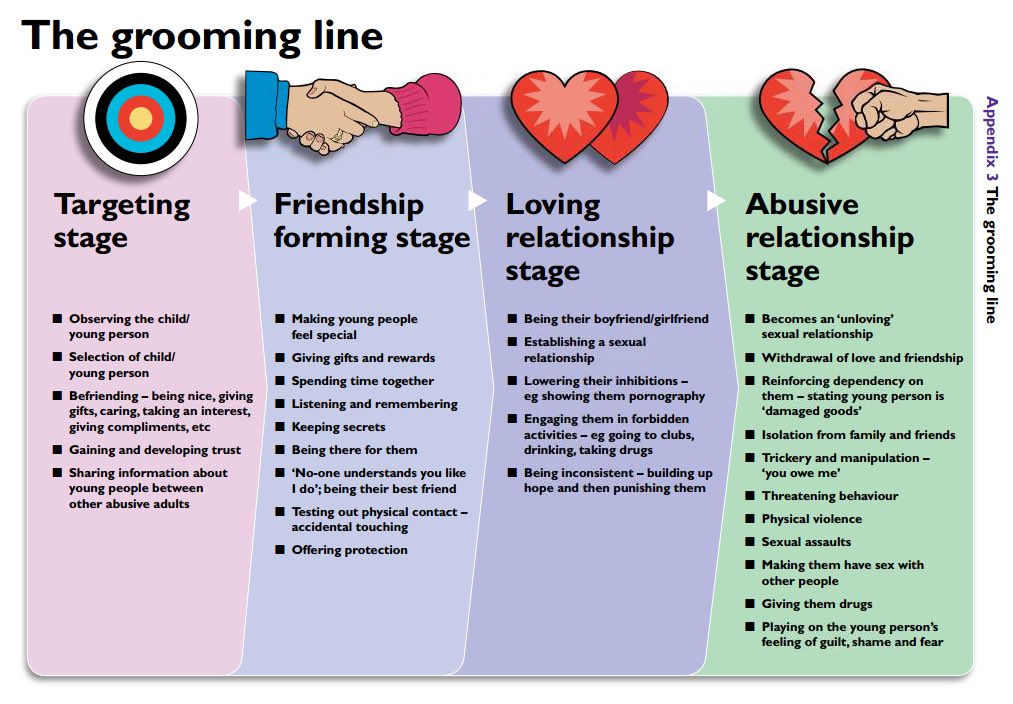
Reflecting the child's feelings
The first and basic skill of emotional intelligence is understanding your emotions. To help your child learn to understand himself, speak out loud the emotions he is experiencing. After all, when the baby is happy, angry or afraid, he still does not know that each of his states has a specific name. Being aware of them over and over again, the baby understands that feelings are different and he has the right to each of them.
“Looks like you are having a lot of fun right now”
“You are as happy as a sunbeam now”
“Your toy is broken and you are very upset”
“I can see that you are very confused”
“Probably you are now angry like a formidable lion”
Feelings can be compared with fairy-tale characters, animals, natural phenomena, sculpt and draw them - everything that can tell about emotions is useful for developing the first stage of emotional intelligence - understanding oneself.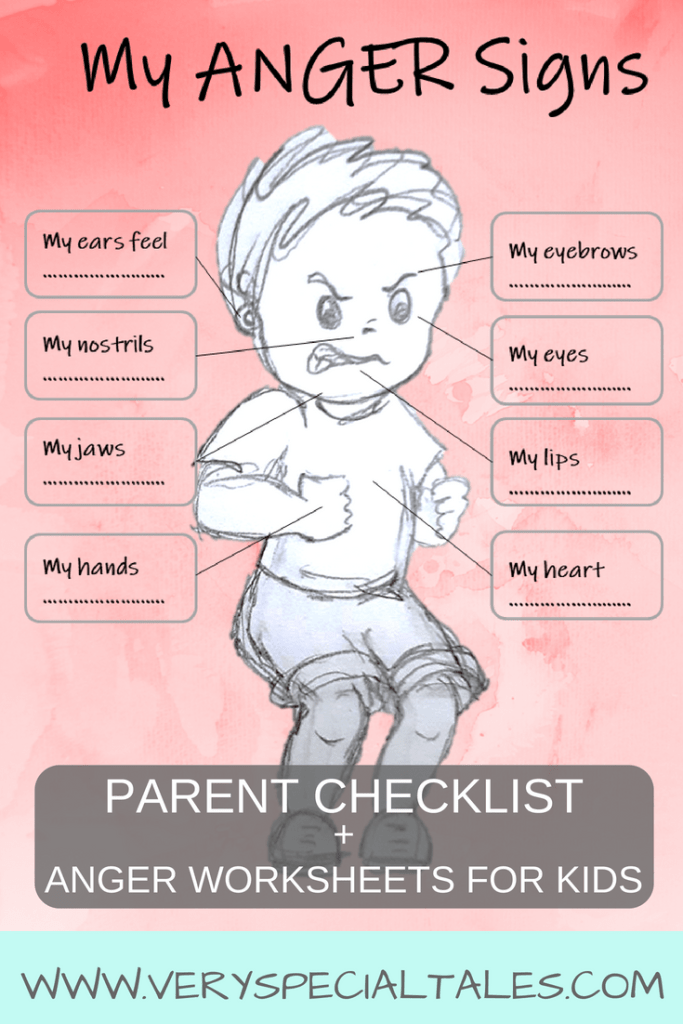
Show your feelings
A parent is a role model for a child. When a child observes an adult, he begins to understand how to handle his feelings. He needs to see an adult not only joyful and happy, but also tired, upset, sometimes angry, in other words, natural. Therefore, it is important for the parent, first of all, not to be afraid to be “real”, so that the child can recognize himself with all his weaknesses and peculiarities.
By showing your feelings, you, as a role model, give the child the right to experience all the variety of emotions, teach them to express them in an acceptable way.
Voice your emotions as you would your child:
“I am so proud of your hobbies”
“I am happy when you are happy”
“Now I am very angry because of the paint spilled on the carpet”
"I get angry when they don't listen to me"
Encourage the child to analyze his state
When the child develops speech and the opportunity to conduct a dialogue, you can begin to pronounce emotions through alternative questions:
“Are you happy or sad?”
"Interesting or boring?"
For a seemingly simple “Yes” or “No” answer, the baby does a great job of listening to himself, recognizing emotions and analyzing the way they are expressed.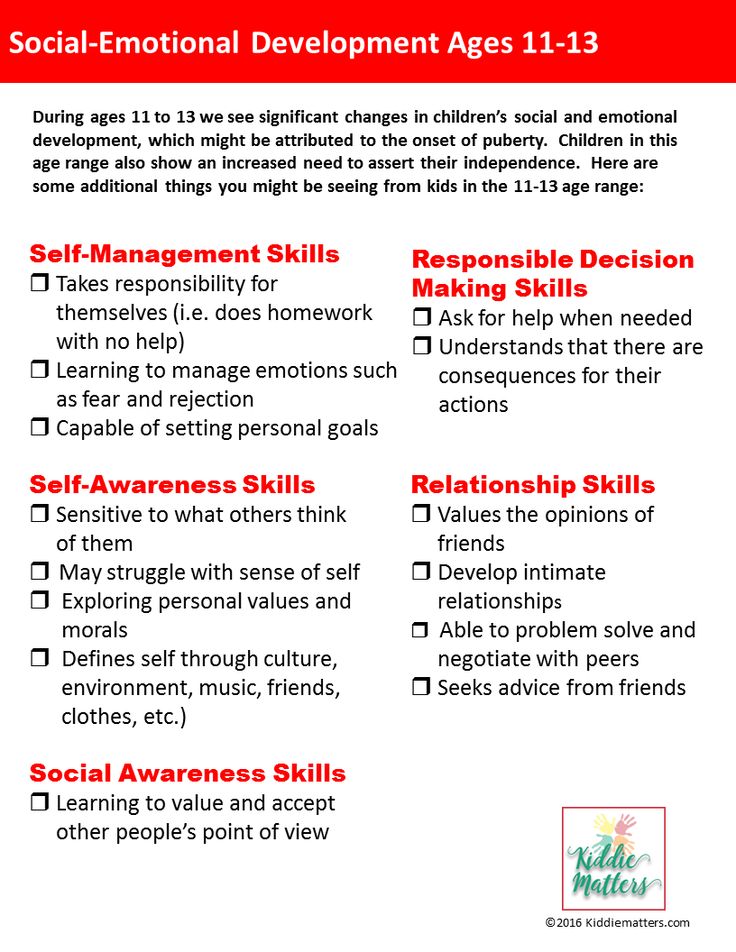 It is this process that is responsible for the development of the emotional intelligence of the child.
It is this process that is responsible for the development of the emotional intelligence of the child.
Having dealt with opposite emotions, it will be possible to move on to close options, asking the baby whether he is offended or angry, feels joy or delight, sadness or disappointment.
And, finally, having become acquainted with various emotional shades, having learned to recognize and live them, the child himself will be able to answer the question “What do you feel?”.
Emotional intelligence in preschool children
At whatever age adults begin to develop emotional intelligence in a child, the algorithm for its formation will be the same - it is important that acquaintance with the world of emotions takes place gradually, from simple to complex:
Tell your child about feelings and emotions, speak them out loud, visually show emotional manifestations with the help of various games and conversations.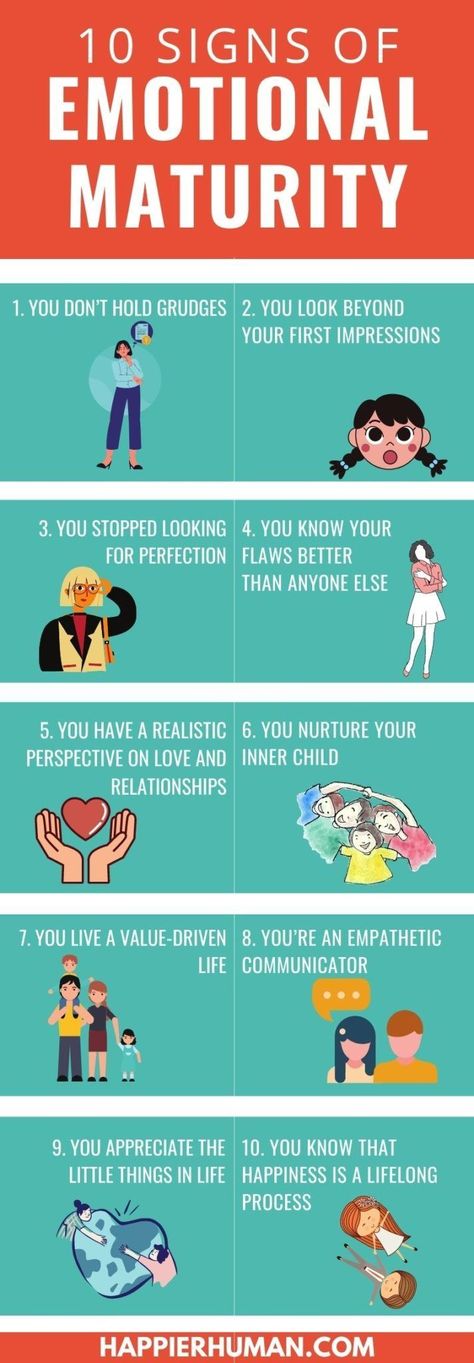
Learn to recognize the feelings and emotions you experience by offering a comparison:
- feelings that are distant in meaning (joy - sadness, anger - jubilation, envy - delight, hatred - love, etc.)
- feelings close in meaning (boredom - sadness, resentment - anger, love - tenderness, joy - delight, anger - irritation and others)
Encourage your child to express their own feelings and emotions. Be interested in how the child feels in various life situations.
Games for the development of emotional intelligence in children
There are many games to help a child learn all the variety of emotions, learn to recognize and express in words their own and other people's feelings. Here are some of them:
Animal play
Ask the child to imagine an animal and react emotionally to it. Let him give the name of his emotion and explain the reason for its occurrence.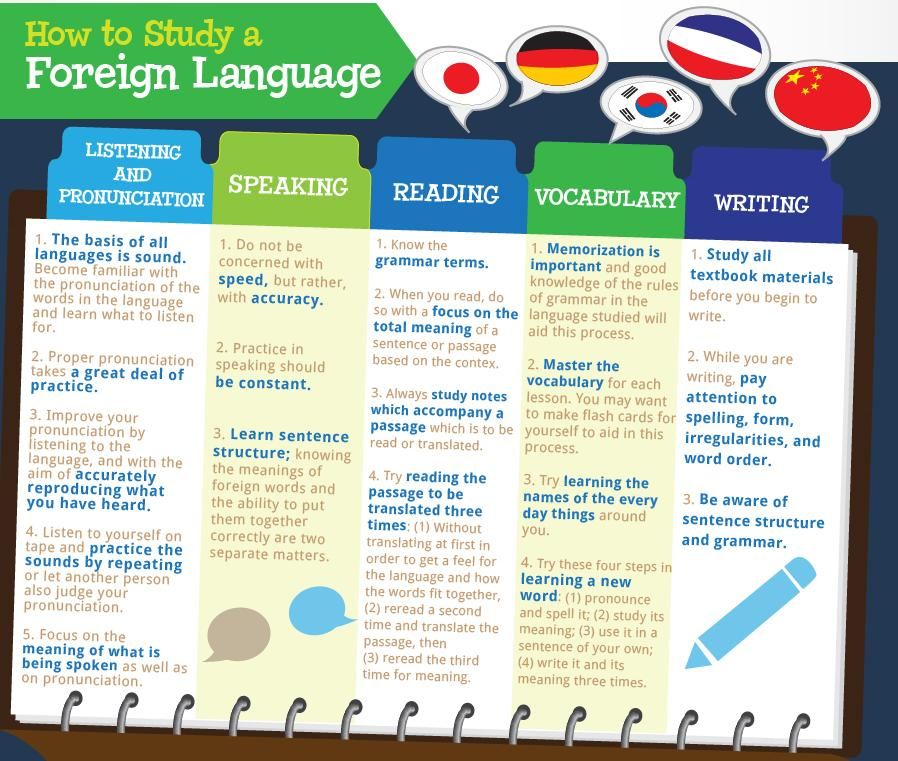 For example, joy, because the dog wags its tail and fawns. Or fear, because the lion is big and roars.
For example, joy, because the dog wags its tail and fawns. Or fear, because the lion is big and roars.
Playing with a ball
When throwing a ball to a child, say: “I am happy when...”, then in turn voice the options: “...eating ice cream, the sun is shining, walking in the zoo, mom is smiling” . The more options you have, the better. Watch out for repetition. Then continue the game with other emotions: I am sad, angry, surprised, scared, interested, ashamed, etc.
Pictogram game
For this game you will need pictograms - cards with the image of emotions. Turn them face down. Let the child take one of them and, without showing it to others, depict the drawn emotion. The guesser draws the next card.
Magic bag game
This game is aimed at understanding one's emotional state and getting rid of negative emotions. Before starting it, ask the child what he feels at the moment, for example, he is offended by someone.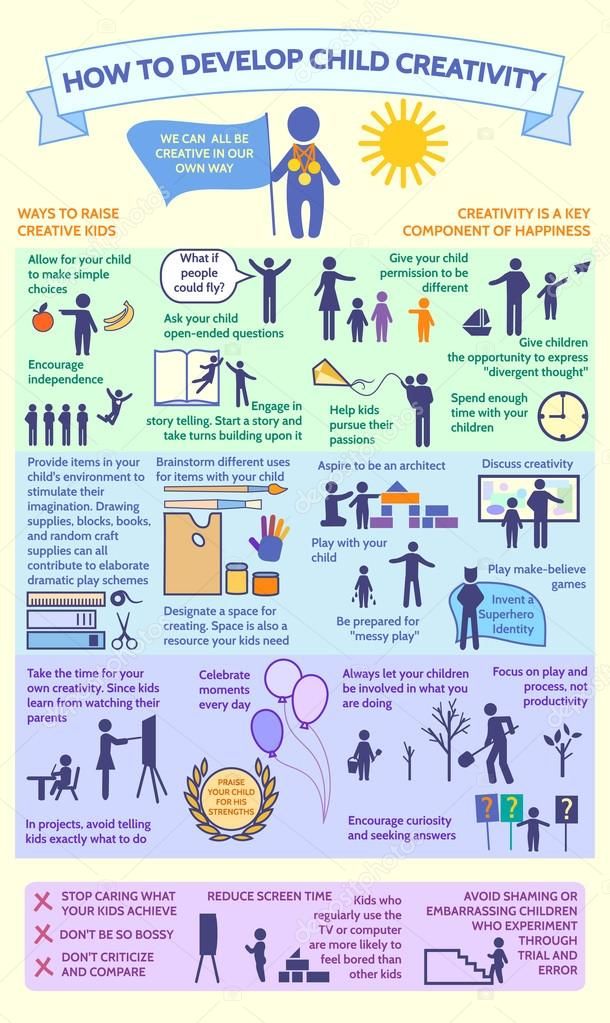 Offer to put all negative emotions into a magic bag - resentment, annoyance, anger, sadness. Tie this bag tightly and put it away. Then take another magic bag and ask the child to take from it any positive feelings that he wants.
Offer to put all negative emotions into a magic bag - resentment, annoyance, anger, sadness. Tie this bag tightly and put it away. Then take another magic bag and ask the child to take from it any positive feelings that he wants.
If a parent is emotionally closed
Parents often face their own emotional closeness, which, of course, affects the development of the child's emotional intelligence. An adult is not ready to understand and accept the emotions of a child, because he does not recognize them in himself. And therefore, he is ready to do everything to ensure that the child behaves “well” and calmly - rejoices more quietly, has more restrained fun. In this case, the true meaning of "good behavior" is comfortable behavior.
Such calm behavior blocks the child's feelings. The child understands that crying, getting angry, being offended is not good and pushes out such feelings - at first he stops showing them, then he stops being aware.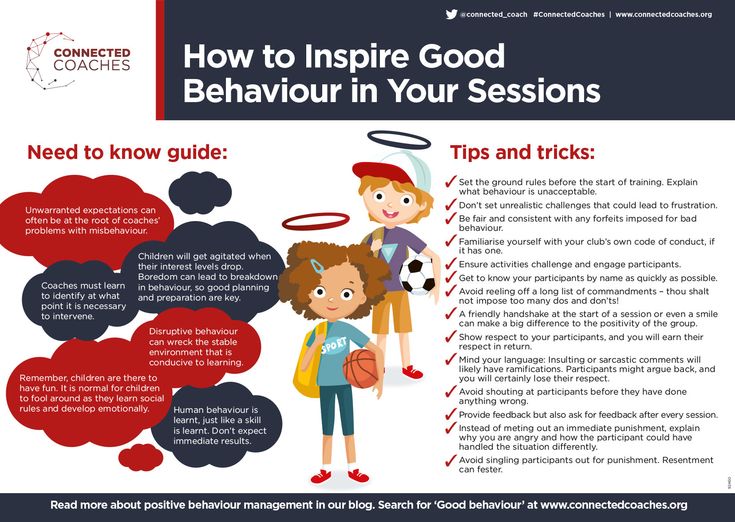
Blocking such unpleasant experiences as resentment, fear, envy, sadness, anger can lead to both communication problems and mental disorders (obsessions, emotional breakdowns, psychosomatic illnesses, unexpected fears).
A person feels happy only when he understands and recognizes all his feelings, knows how to manage them and live them. There are no good or bad emotions - each of them is important for an adequate assessment of what is happening, effective communication, motivation, and a high quality of life. Emotional maturity allows you to "breathe deeply."
Therefore, if the form of expression of an adult's feelings or their intensity is a problem, this must be dealt with. This is equally important for the harmonious development of the emotional sphere of both the child and the parent himself.
Doubt your level of emotional openness?
A simple test will help determine it. Recall a recent everyday situation and how you felt about it.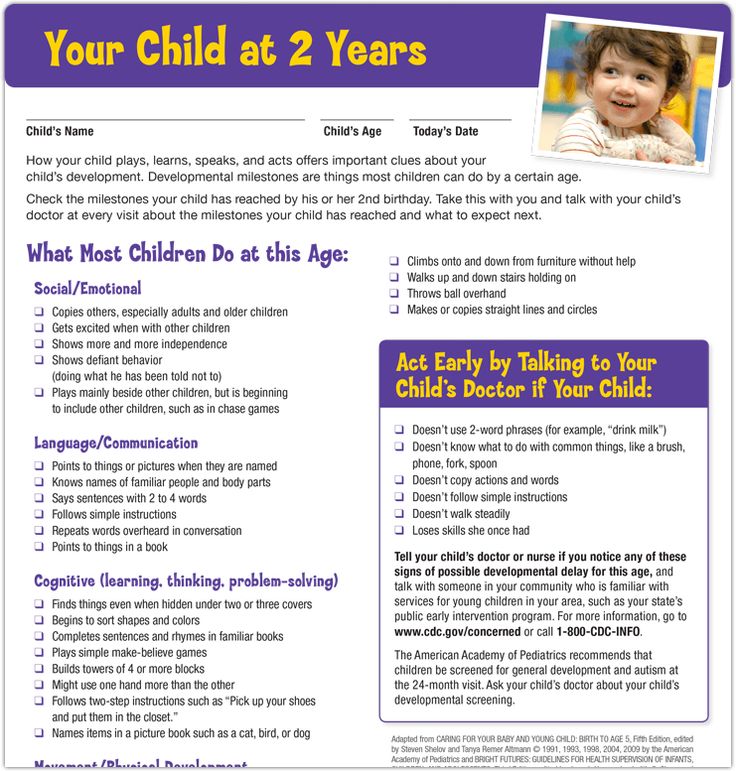 For example, how did you feel on the way to work?
For example, how did you feel on the way to work?
If your answer implies what you were thinking about (about the number of things to do, what to give a colleague for his birthday or what store to go to after work) - you should pay attention to the development of the emotional sphere.
Do you think more about your feelings than about the thoughts causing them (“I was in a bad mood” instead of “I was annoyed because of the long traffic jam”)? Observe your emotional state more often, try to recognize the emotions you experience.
Was it easy for you to remember the emotional state that accompanied you on your journey? Congratulations, you don't have to worry about the level of openness of emotional intelligence.
Development of emotional intelligence and permissiveness
Parents often ask themselves the question: how to avoid permissiveness in the development of emotional intelligence? After all, the child, on the one hand, needs to be given time to understand and accept his emotional state in various situations, the opportunity to cope on his own.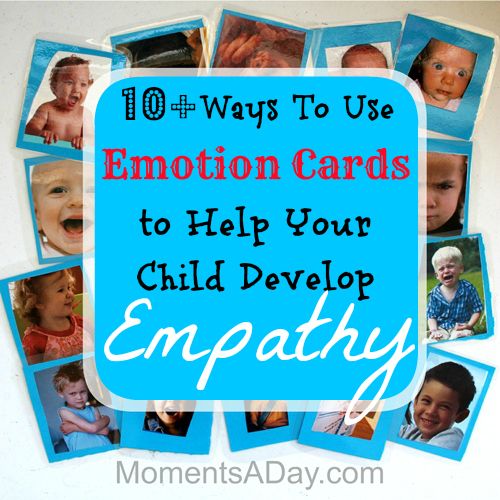 On the other hand, the lack of a certain control over behavior can lead to permissiveness.
On the other hand, the lack of a certain control over behavior can lead to permissiveness.
How to competently build the boundaries of what is permitted without restricting the freedom of the child's personality, as well as the relationship between the concepts of "feelings" and "emotions" will tell the experts of our center "Kak Zdorovo" in a practical video - a guide for parents.
Author: Trashchenkova Svetlana
Editor: Yana Lomakina
In our center “How cool!” You can get advice from the wonderful child psychologist Viktoria Aizikovich, whose high professionalism, many years of experience and love for his work help to achieve high and lasting results in solving various problems in children and adults.
Child psychologist in Moscow
Development of emotional intelligence in children: games and exercises
Today, most parents strive to develop their child from all sides.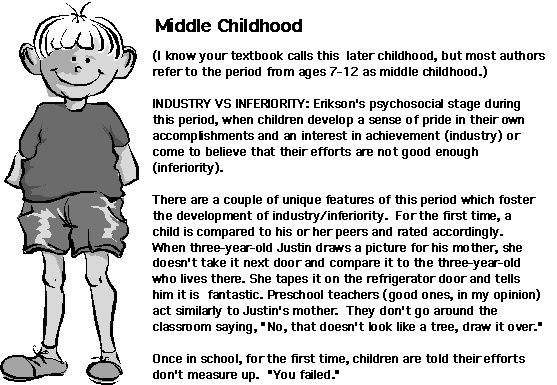 This is facilitated by a huge number of circles and "developers" from a very early age. However, in an effort to send the child to read or learn a foreign language as early as possible, adults ignore one important nuance.
This is facilitated by a huge number of circles and "developers" from a very early age. However, in an effort to send the child to read or learn a foreign language as early as possible, adults ignore one important nuance.
Early and preschool age is the basis not only for laying down knowledge and skills, but also for the formation of an emotionally developed empathic personality capable of understanding one's thoughts and emotions. In this article, we will explain why it is so important to develop the emotional intelligence of a child and how to do it right.
Article content:
- What is emotional intelligence
- Why develop emotional intelligence
- Signs of low emotional intelligence
- Features of emotional intelligence at different ages
- How to develop emotional intelligence
- Emotional intelligence in preschool children
- Games and activities for the development of emotional intelligence in children
- Output
What is emotional intelligence
This concept appeared relatively recently, in 1990, and means a person's ability to recognize and express their own emotions and feelings, as well as understand the emotions of other people.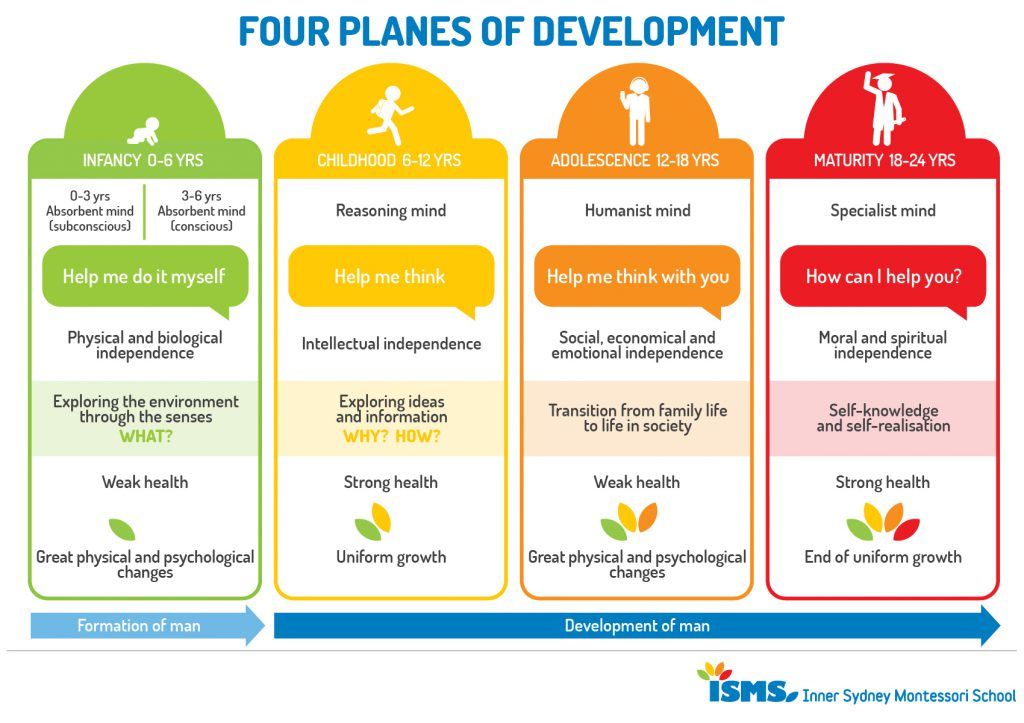
The founders of this concept - Peter Salovey and John Mayer - distinguish 4 components in their model of emotional intelligence: ;
In other words, the child first learns to understand his emotions, but on the basis of this, an understanding of the feelings of other people is developed, and in the future this skill contributes to building positive relationships with other people.
Why develop emotional intelligence
Children are very emotional by nature and have a whole range of feelings.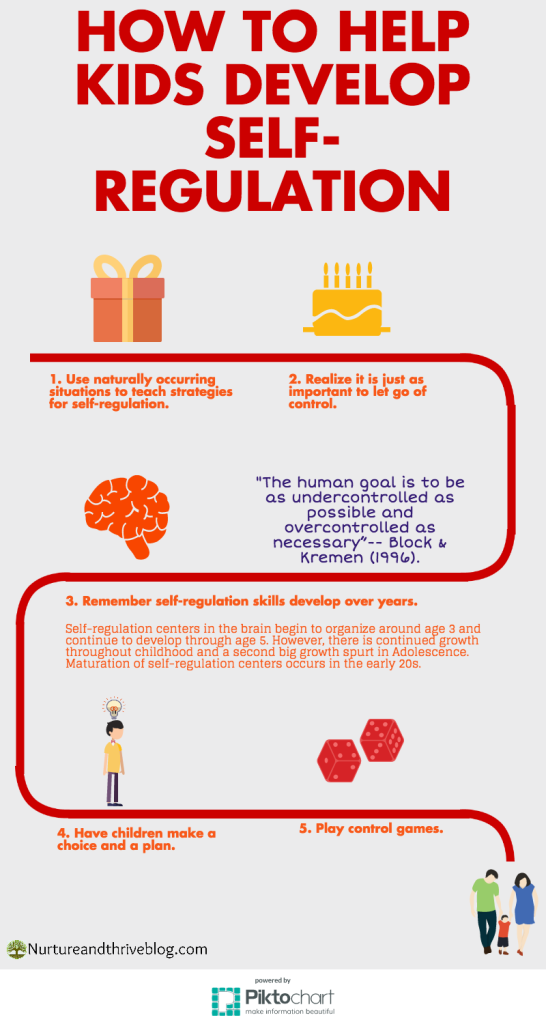 However, learning to manage them is not an easy task. Why is it so important to teach a child to understand how he feels in different situations?
However, learning to manage them is not an easy task. Why is it so important to teach a child to understand how he feels in different situations?
- First, when a child knows why he has a certain emotion, it becomes easier for him to manage it and regulate his behavior in general.
- Secondly, by understanding himself, the child learns to understand others. This is an important component for entering the society of children and adults. The child acquires such an important quality as empathy - the ability to empathize with other people.
Understanding the feelings of the surrounding people, the child becomes responsible for his actions, predicts possible consequences.
Signs of low emotional intelligence
It is possible to determine the level of emotional intelligence using various methods. The main signs of low emotional intelligence are as follows:
- inability to control one's emotions, as well as to determine them;
- inability to empathize with other people or be happy for them;
- inability to ask for or accept help and support from other people;
- the impossibility of building close relationships with other people or building relationships without an emotional component;
- inability to understand the consequences of one's emotions for oneself and others.
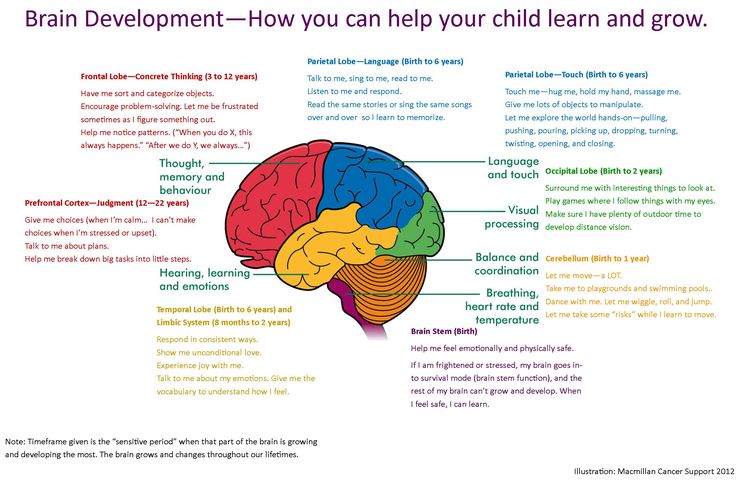
Features of emotional intelligence at different ages
Consider how emotional intelligence develops in children by age.
Early age
A child from birth to three years old absorbs all incoming information as actively as possible. From the very first months of life, he reacts to the emotions of mom and dad. Smiles and laughs in response or cries if he hears negative intonations. As he grows up, he learns to read people's emotions and apply this knowledge to achieve his goals.
Preschool age
At the age of three, a child begins to separate himself from mom and dad for the first time and tries to become independent. This difficult time for parents is called the “crisis of three years”, or “I am myself”, and carries a huge potential for the development of individuality in a child. Most often, it is at this age that the child will deny even those facts that are illogical to deny. Specially put on shorts on your head, and a T-shirt on your legs and say that this is how it should be.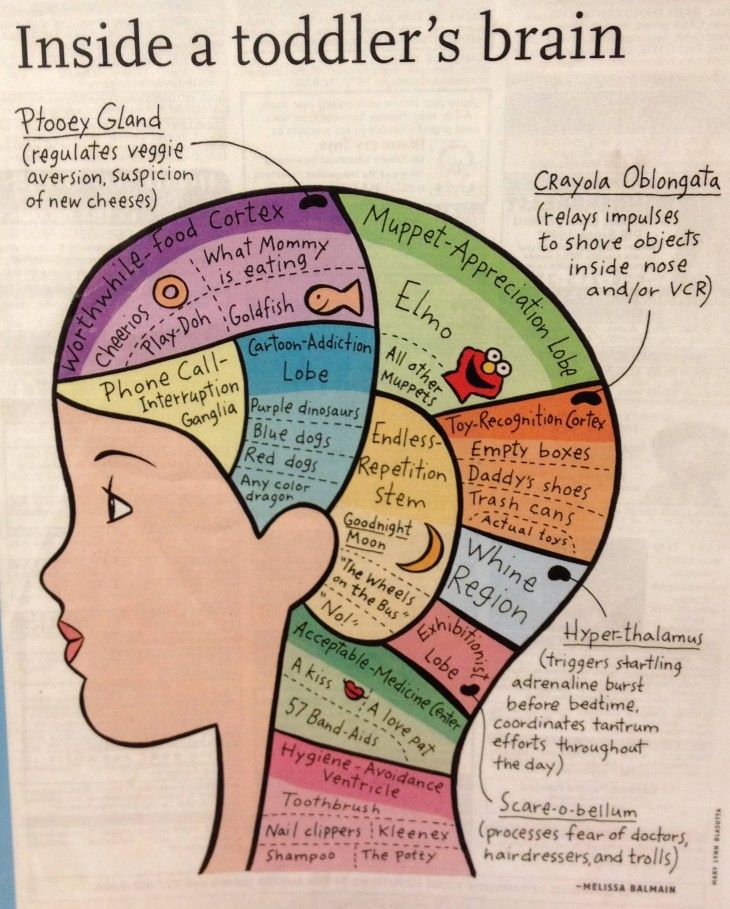
Parents should give the child the opportunity to determine from their own experience what is right and best to do. You should not punish for obstinate behavior, it is better to be patient and wait for the end of the first serious crisis.
After graduation, a preschool child enters an active social environment. Now he is surrounded not only by his mother, father, grandparents, but also by other adults and children. Throughout preschool childhood, the child acquires communication skills, learns to understand the emotional world, which helps him build social connections and prepares him for further stages of life.
School age
Children usually start school when they reach the age of seven. At this stage, the child is waiting not only for new knowledge, but also for more stringent requirements from adults, new acquaintances, which increasingly alienate the child from the adult. The student reaches a new level of emotional intelligence and becomes able to more fully express empathy.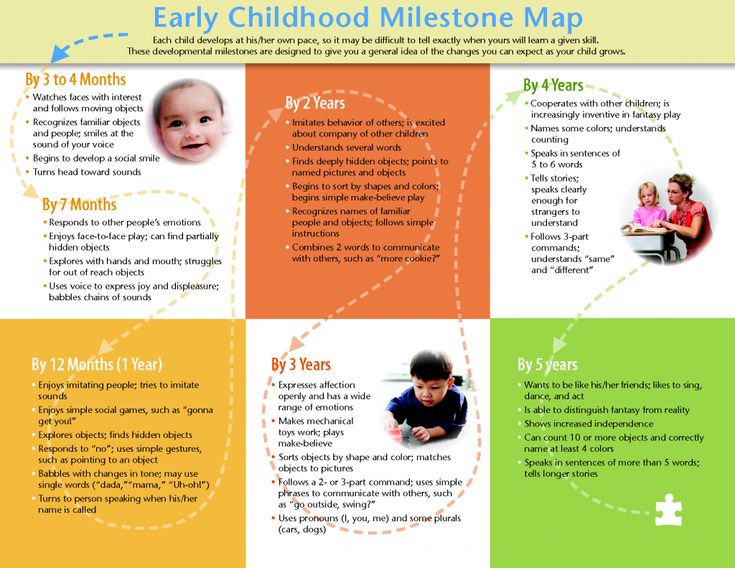
How to develop emotional intelligence
The birth of emotional intelligence occurs directly in the family, and, of course, parents contribute to this. This process is natural, because through communication with the child, through the manifestation of feelings for him, the baby learns to understand emotions.
An adult must explain to a child all the variety of emotions and feelings, explain that it is normal to experience certain emotions, even if it is anger or fear. It is important not to discount the child's emotions with common phrases like "men don't cry." So you will plant in the soul of the child shame for your own feelings, and this will negatively affect the development of a high level of emotional intelligence.
When a baby is crying, first of all parents try to calm him down as soon as possible with quick methods. Try to explain to him why such an emotion arose. For example, "You're upset because you don't want to go home from your walk." When experiencing your own emotions, also tell your child what they are and why they arose.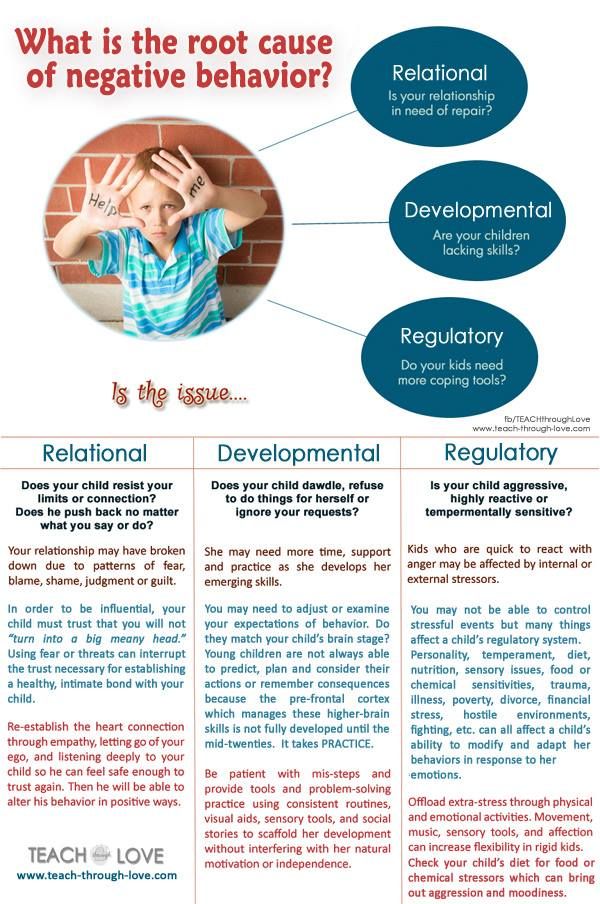
Manifestation and understanding of all emotions, whether negative or positive, is very important for a healthy mentality in a child. Suppressed emotions in childhood negatively affect the quality of life already in adulthood. Therefore, it is so important for adults to help the child improve these skills.
Emotional intelligence in preschool children
The development of emotional intelligence in preschool children occurs in stages:
- The child begins to understand his feelings. At this stage, parents discuss emotions with their child, referring to fiction or cartoons, discussing the feelings of the characters and their own. Here it is also important to ask the child every day what his mood is, what emotions he experienced during the day.
- The child begins to understand the feelings of others. This stage gives parents the opportunity to show the child that mom or dad is not always in a good mood and that this is normal.
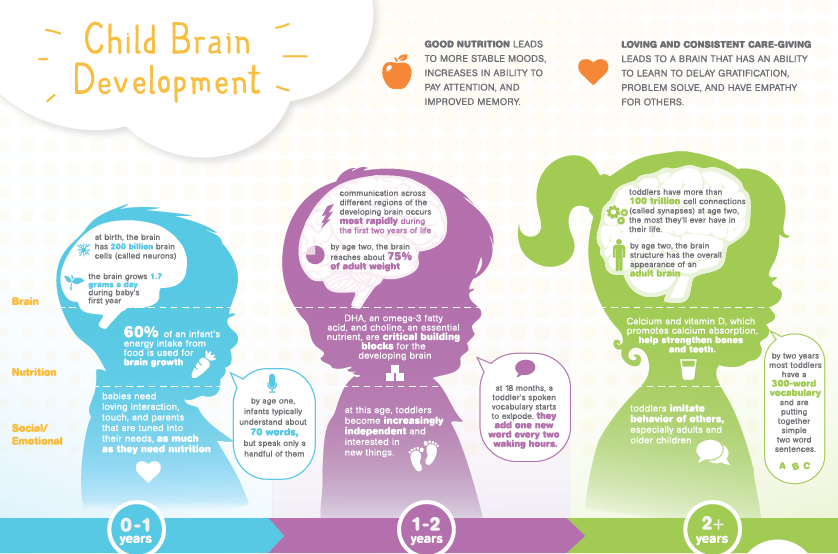 Here you can already explain to the child that you do not want to play catch-up, because you are very upset because of problems at work and you want to sit quietly with the baby. Parents continue to turn to fairy tales or cartoons, analyzing the feelings of the characters. Understanding the feelings of another, the child develops empathy. It is important to show by example relationships with other people, to build an atmosphere of mutual understanding between parents.
Here you can already explain to the child that you do not want to play catch-up, because you are very upset because of problems at work and you want to sit quietly with the baby. Parents continue to turn to fairy tales or cartoons, analyzing the feelings of the characters. Understanding the feelings of another, the child develops empathy. It is important to show by example relationships with other people, to build an atmosphere of mutual understanding between parents. - The child learns to control his emotions. At this stage, the parents show how to express negative feelings without harming anyone, such as yelling and jumping, hitting the pillow, etc. It is also important to learn how to cheer yourself up in ways that are appropriate for the child. Find out what the child likes the most and what makes him feel better.
Games and exercises for the development of emotional intelligence in children
The most enjoyable activity for every child is a game.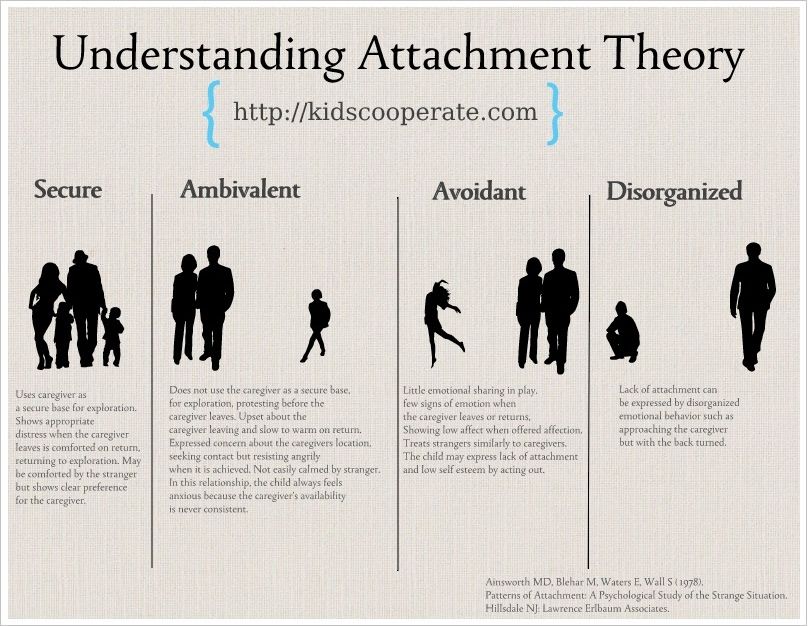 With the help of games, you can teach your baby to understand and accept all the feelings and emotions that he experiences. We have selected a small list of games that are aimed at increasing the emotional intelligence of a child.
With the help of games, you can teach your baby to understand and accept all the feelings and emotions that he experiences. We have selected a small list of games that are aimed at increasing the emotional intelligence of a child.
Games with emotional pictograms
This game requires special emotion cards. Invite the child to draw out any card lying face down and depict the emotion that is drawn on it so that other participants in the game can guess it.
How do I feel today game
You can use the same emotion cards for this game as in the previous one. Every day, invite your child to take a picture with the emotion that he felt today, and ask him to tell about it.
Puppet theater
A great activity to reinforce your favorite fairy tales, improve the expressiveness of speech and develop emotional intelligence through playing the characters of a fairy tale.
Ball games
Play ball with your child, passing it to each other in turn and naming emotions and their cause.